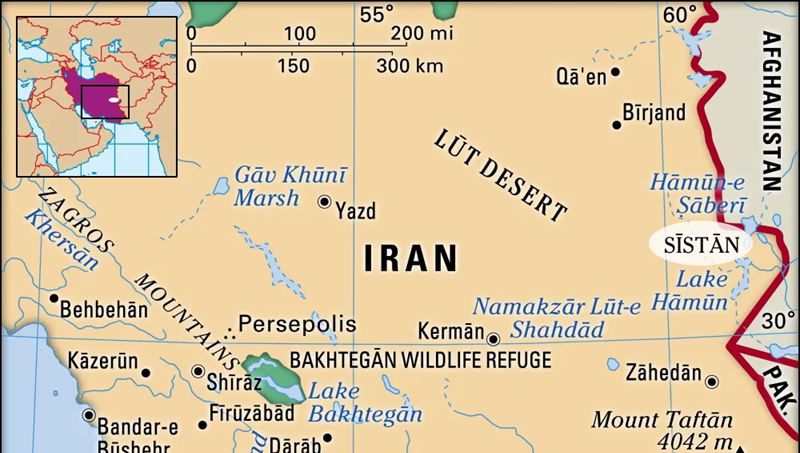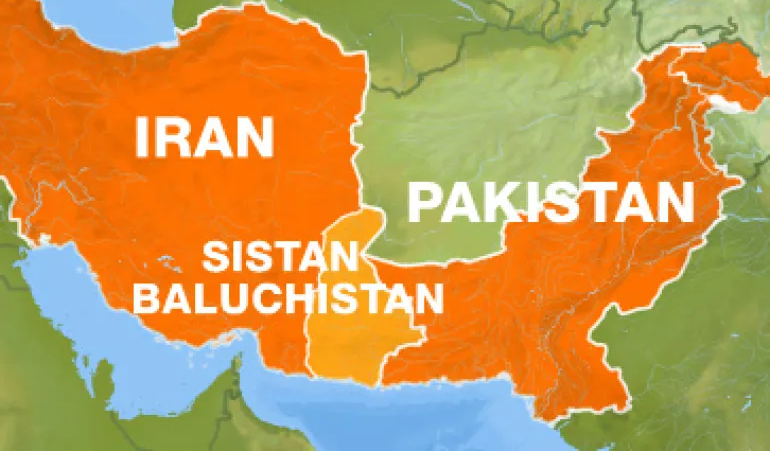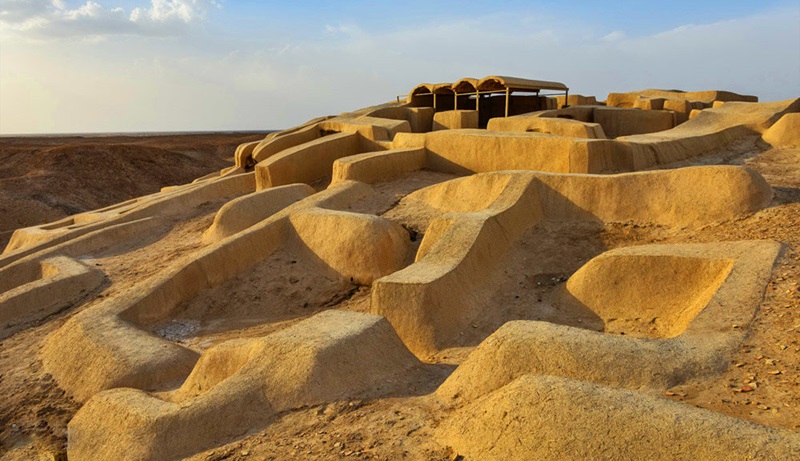Ashar is a bustling city located in the Sistan and Baluchestan Province of Iran. This city is known for its rich history, vibrant culture, and stunning natural landscapes. Situated near the border with Pakistan, Ashar serves as an important hub for trade and commerce in the region. The city is home to a diverse population, with influences from various ethnic groups and backgrounds. The people of Ashar are known for their hospitality and strong sense of community.
One of the highlights of Ashar is its unique architecture, with many buildings featuring traditional Persian designs and intricate tile work. The city is also home to several historic sites, including ancient ruins and monuments that date back centuries. Visitors to Ashar can explore these sites and learn about the city’s fascinating past.
In addition to its historical and cultural attractions, Ashar is also known for its natural beauty. The city is surrounded by stunning landscapes, including mountains, deserts, and rivers. Outdoor enthusiasts can enjoy activities such as hiking, camping, and birdwatching in the area. The diverse ecosystems of Ashar provide a habitat for a wide variety of plant and animal species, making it a popular destination for nature lovers.

Ashar is also a center for education and research, with several universities and research institutions located in the city. Students from all over the country come to Ashar to pursue higher education and conduct research in a wide range of fields. The city’s academic community contributes to its vibrant intellectual and cultural life, with frequent lectures, conferences, and cultural events taking place throughout the year.
Despite its challenges, Ashar continues to thrive and grow, thanks to the resilience and determination of its residents. The city’s strategic location, rich cultural heritage, and natural beauty make it a unique and dynamic place to visit. Whether you’re interested in history, culture, nature, or education, Ashar has something to offer everyone. So, next time you’re in Iran, be sure to visit Ashar and discover all that this fascinating city has to offer.

City in Sistan and Baluchestan Province, Iran — Introduction to Ashar
Ashar is a city located in the Sistan and Baluchestan Province of Iran, known for its rich history and cultural significance. This city is home to a diverse population of people from various backgrounds, creating a unique blend of traditions and customs. Ashar is a bustling urban center with a vibrant atmosphere, filled with bustling markets, traditional bazaars, and lively streets. The city is known for its stunning architecture, including ancient mosques, historical monuments, and beautifully preserved buildings that date back centuries.
Ashar is also surrounded by breathtaking natural landscapes, with rolling hills, lush greenery, and picturesque rivers flowing through the countryside. The city’s economy is primarily based on agriculture, with many residents working in farming, livestock, and fishing industries.
The people of Ashar are known for their hospitality and warmth, welcoming visitors with open arms and sharing their rich cultural heritage with pride. Overall, Ashar is a fascinating city that offers a glimpse into the history and traditions of the Sistan and Baluchestan Province, making it a must-visit destination for those looking to explore the beauty and diversity of Iran.
Demographics — Statistical Overview of Ashar
Ashar is a diverse city with a population that reflects a wide range of demographics. The majority of residents in Ashar are between the ages of 25-44, making up approximately 40% of the population. This age group is followed closely by individuals aged 45-64, who comprise about 30% of the population.
The younger population, aged 0-24, makes up around 20% of the residents, while those aged 65 and older account for the remaining 10%. In terms of gender, Ashar has a nearly equal split, with slightly more females than males residing in the city. The city also boasts a rich cultural tapestry, with residents hailing from a variety of ethnic backgrounds.
The largest ethnic group in Ashar is Hispanic/Latino, making up around 40% of the population, followed by Caucasian residents at 30%, African American residents at 20%, and Asian residents at 10%. This diversity is also reflected in the languages spoken in Ashar, with English being the most commonly spoken language, followed by Spanish, Chinese, and Arabic. Overall, the statistical overview of Ashar’s demographics highlights the city’s vibrant and multicultural community, making it a dynamic and inclusive place to live.

Population — Current Population Figures and Trends in Ashar
The population of Ashar has been steadily increasing over the years, with current figures showing a significant rise in the number of residents. This growth can be attributed to various factors such as improved healthcare, better living conditions, and increased job opportunities.
As a result, the population trends in Ashar indicate a shift towards urbanization, with more people moving from rural areas to cities in search of a better quality of life. This influx of people into urban centers has led to challenges such as overcrowding, strain on infrastructure, and increased demand for resources.
However, it also presents opportunities for economic growth and development in the region. Government officials and policymakers are working to address these issues through initiatives aimed at sustainable urban planning, infrastructure development, and social welfare programs.
Overall, the current population figures and trends in Ashar reflect a dynamic and evolving society that is adapting to the demands of a growing population. By addressing the challenges and harnessing the opportunities presented by this growth, Ashar can continue to thrive and prosper in the years to come.
